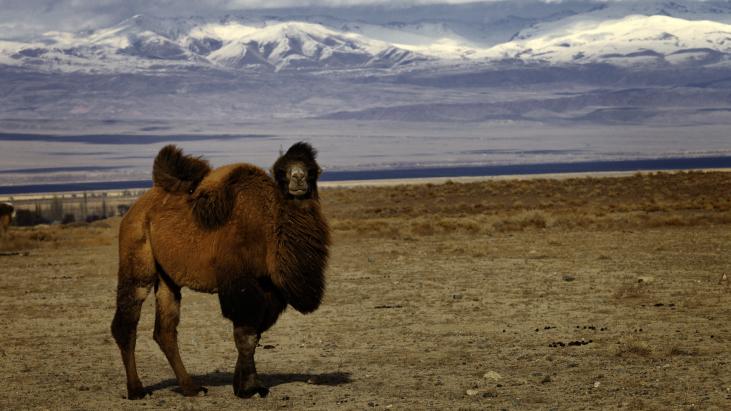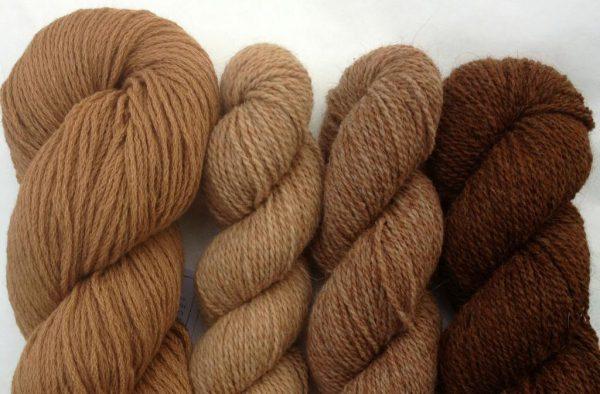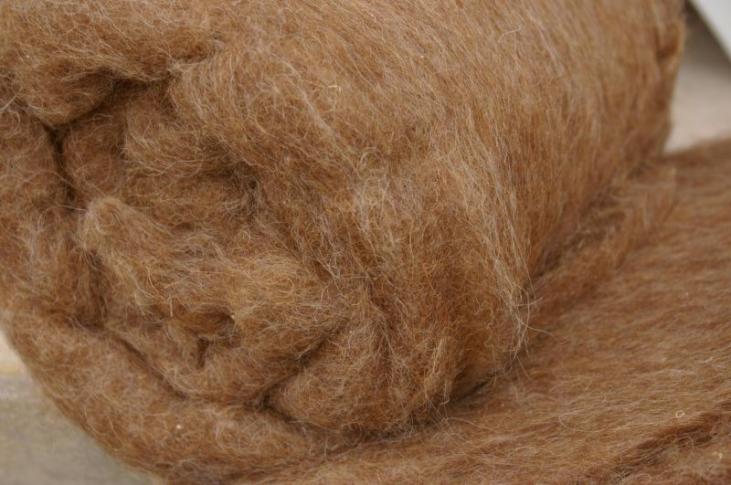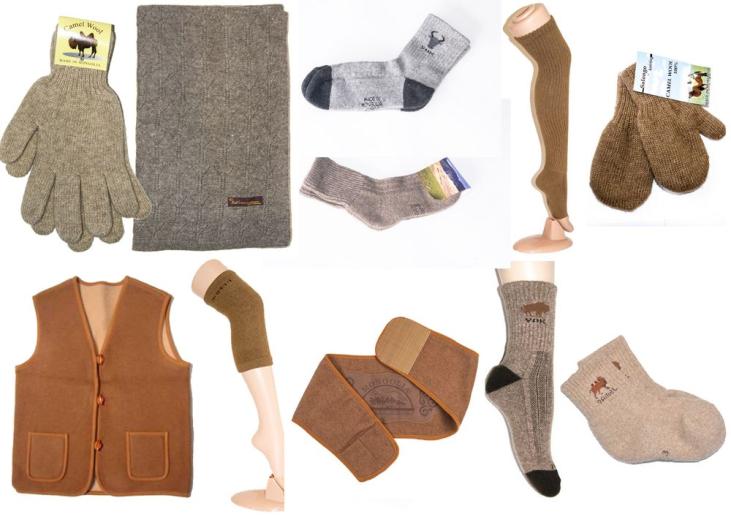The surprising properties of camel wool

The most interesting thing about a camel is its two humps, covered with a thick layer of thick hair. It is a reliable protection against temperature fluctuations, strong and cold winds, and dust and sand storms.
Aigul Kanatbekovna
Not all camel wool is suitable for making clothes and bedspreads. The hair most suitable for the manufacture of textiles is considered to be that of the Bactrian camel.
Garments made from camel wool are considered to be among the warmest. Over 80% of the wool collected from an individual is undercoat hair. The down is fine and soft in contrast to the hard guard hairs. When sheared, 6 to 10 kg of raw material is obtained from each camel, of which 4 to 9 kg is fluff.

In Mongolia, camel wool is not bleached or dyed after collection. The finished products have a natural shade. The fluff of young camels is very light, almost white. And the hair of the adult camels is darker, to a deep brown.
The fibres are thoroughly washed and not boiled, unlike sheep's wool. After cleaning, each hair retains the secretion of the animal's sebaceous glands: lanolin. Camel hair is non-allergenic and does not electrify.

Since ancient times, camel wool has been used by humans to treat diseases such as neuritis, arthritis, rheumatic pain and osteochondrosis. By warming the skin, camel wool improves blood microcirculation and dilates blood vessels. Thus, tissue restoration takes place more quickly. In addition, for many centuries people have used bandages for bruises and sprains.
Nowadays, manufacturers produce an impressive list of high quality products from camel wool: bed linen, mattresses, blankets, etc. However, the magnificent knitted items for women, men and children are especially popular among the inhabitants of our planet. These items make people's lives more comfortable and cosy.


